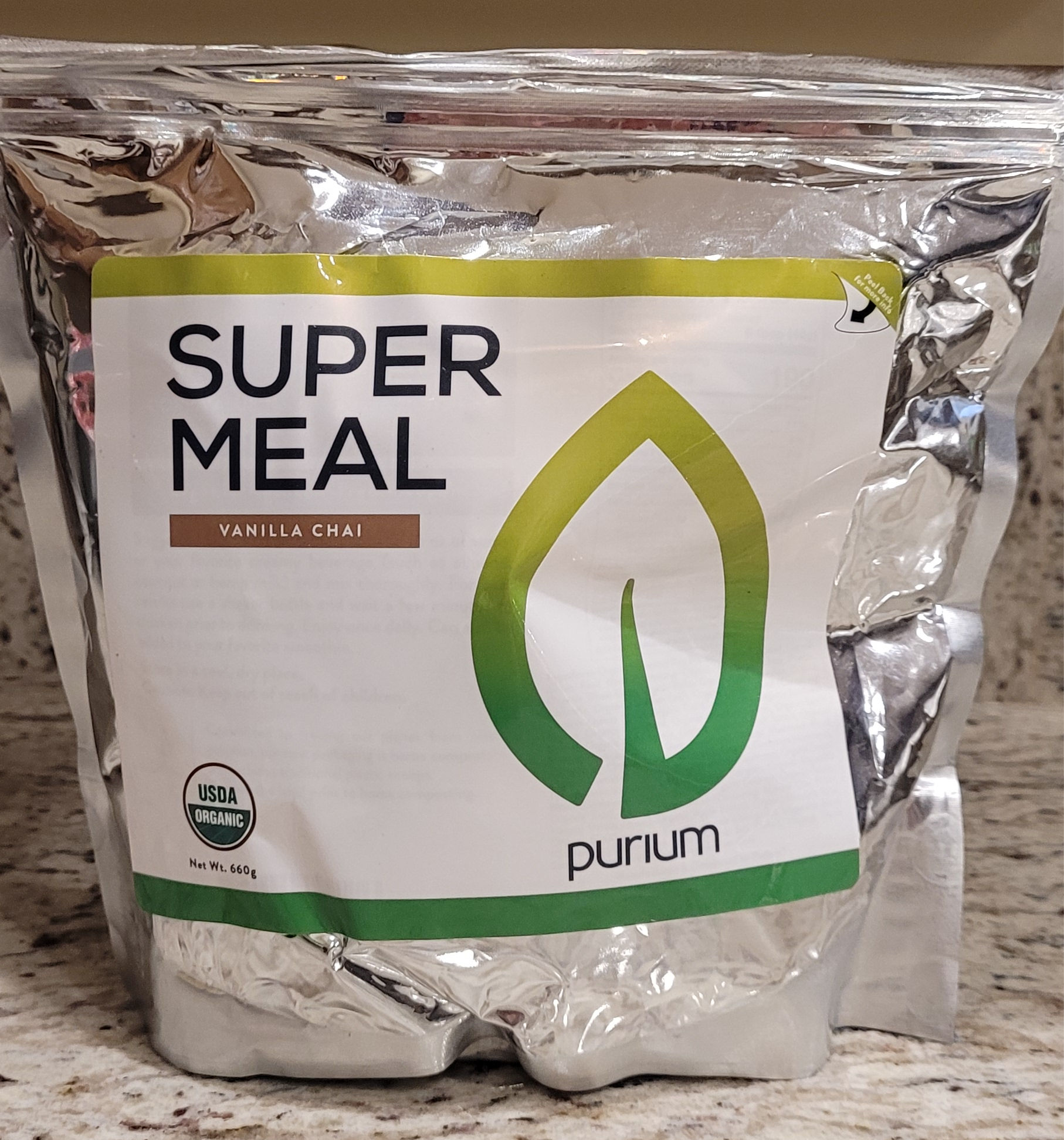A hemangioma is the most common type of tumor in children. About 10% of babies are born with them. Even though hemangiomas are considered a tumor they are benign, or not cancerous. They are a growth that is made of extra blood vessels in the skin. They can occur anywhere, but are most common on the face, scalp, chest or back. A hemangioma can appear as a rubbery lump, or it can also be a flat red patch.
Your child can also develop an internal hemangioma, which is when a hemangioma grows on an organ. Organs that can have hemangiomas on them are the liver, parts of the gastrointestinal system, the brain, or organs in the respiratory system. Hemangiomas are not inherited, and sometimes doctors don’t know why they occur. They usually show up either at birth, or in the first month of life.
Hemangioma Phases
There are four phases of a hemangioma. The first phase occurs usually between the second and third month of your child’s life and this is when the hemangioma begins to appear and starts to grow quickly. The second phase usually occurs when your child is three to four months of age and this is when the hemangioma starts to slow down in growth. Phase three the hemangioma stays the same, it no longer is growing but hasn’t started to fade yet. This phase can last for a while. Phase four can happen between ages one and ten. This stage consists of your child’s hemangioma shrinking and fading, this can also be when it goes away completely. Usually by age 5 the hemangioma will start to flatten and become lighter. By age 10 many hemangiomas have faded completely.
Hemangioma Types
There are three different types of hemangiomas.
- The first type is called superficial hemangioma. This is when the hemangioma is on the surface of the skin, it lies flat at first becoming bright red with a raised uneven surface.
- Deep hemangiomas occur under the skin. They have a bluish-purple swelling with a smooth surface.
- Combination hemangiomas have characteristics of both superficial and deep hemangiomas.
Diagnosis
A hemangioma that is on the surface of your child’s skin can be diagnosed by a physical exam. If your child suffers from an internal one, it may take more time to diagnose. There will need to be some kind of imaging tests done to diagnose an internal hemangioma. This could be an ultrasound, CT scan, or MRI.
Hemangiomas usually don’t cause any pain or symptoms. In some internal cases it can cause stomach discomfort, or pain depending on where the hemangioma is located. If the hemangioma is in a place that gets a lot of friction like in the diaper area of your child, it may cause some irritation or bleeding.
Treatment
Hemangiomas usually go away on their own with no intervention. Treatment is an option if the skin breaks down and forms an open sour, the area where the hemangioma is infected, if the hemangioma is large in a visible area, or if the hemangioma causes troubles with vision, diaper changes, eating, hearing, or breathing.
Topical medications can be used such as a cream or lotion. Oral medicines can also be prescribed if necessary. Surgery which is extremely rare to remove the hemangioma may be a possible treatment course. Laser treatments can be done to help lighten the look of the hemangioma if your child is self conscious. All of these forms of treatment shrink the blood vessels and reduce the appearance of the hemangioma.
Internal hemangiomas go away on their own as well. Treatment would be needed for these if they grow too large or are causing pain or symptoms. One option is to surgically remove the hemangioma. A second option that can happen is to surgically remove any damaged organ or are caused by the hemangioma.
Takeaway
Hemangiomas cannot be prevented. The exact cause of why they occur is not known so there is no way to prevent it. There is nothing you did as the mother during pregnancy that caused your child to develop a hemangioma. They are the most common type of tumor developed by children. They usually go away on their own with no treatment. Most of the time they are fully faded by age 10. If they are in an area that is visible your child may be self conscious about the hemangioma. Seek medical treatment quickly if the hemangioma changes color, starts bleeding, blocks vision, or blocks your child’s ability to breathe or eat.
READ MORE: Sound Sensitivity Children And Loud Noises
Sources:
https://www.nationwidechildrens.org/conditions/hemangioma#:~:text=A%20hemangioma%20(hee%2Dman%2D,go%20away%20on%20their%20own.
https://www.mayoclinic.org/diseases-conditions/hemangioma/diagnosis-treatment/drc-20352339
https://www.healthline.com/health/hemangioma#outlook
https://my.clevelandclinic.org/health/diseases/23365-hemangioma









